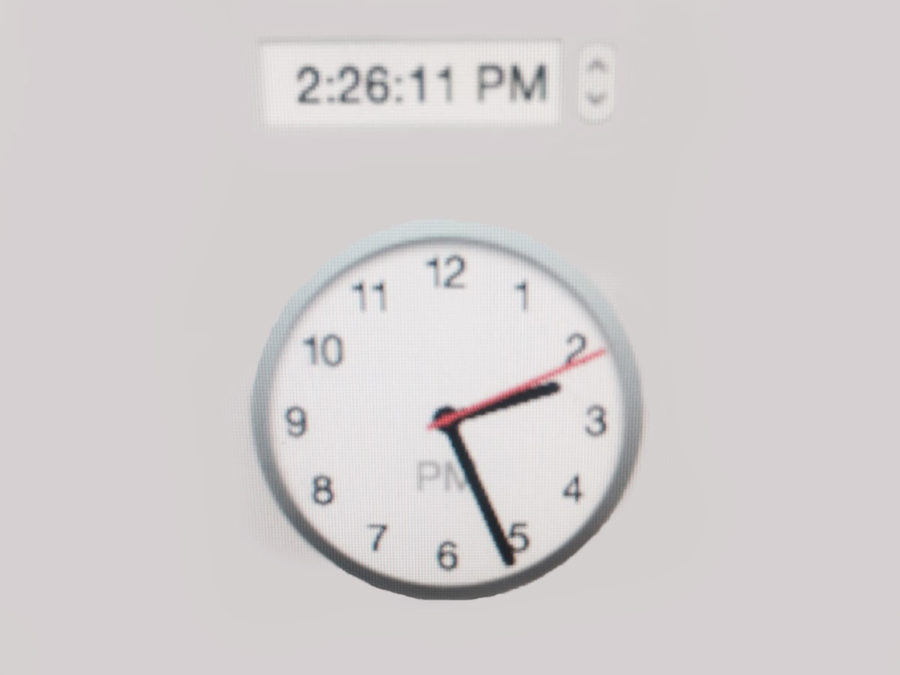It’s Time to Read About Time
March 15, 2017
“Time” is the most commonly used English noun. It is present in everything we do, but what is it exactly? Why does it slow down when we’re bored and speed up when we’re having fun?
We live in a world governed by time. A constant clock dominates our universe. Since time is such a major factor in our everyday lives, we think we understand it. We think time is regular and only moves in one speed and direction.
In his book “Einstein’s Cosmos: How Albert Einstein’s Vision Transformed Our Understanding of Space and Time,” Michio Kaku, a theoretical physicist, writes, “In order to uncover just what time really is, and in the process I’m going to reveal an astonishing secret. Nothing less than our ultimate destiny, the future of the universe, and the fate of time itself.”
Albert Einstein was known for his astonishing theories and discoveries that changed the way people view the world they lived in. Specifically, his theory on special relativity made us think of time in a completely new way. In this theory, Einstein claimed that time wasn’t regular at all, that in fact time could move at different momentums and changes depending on relative speed.
According to the theory of special relativity, “The rate at which time flows on a moving object depends on whether you’re on it, or if you’re looking at it from the outside.”
To illustrate this concept, pretend you are sitting down at a restaurant and a car drives by. Now, if you were in that moving car, time would assume a much different quality. When looking in from the outside of the car, the sense of time in the car is much slower. That’s because, according to Einstein, “The faster an object moves, the slower its time will run to someone observing from the outside.” In other words, time can vary. It all just depends on speed and velocity.
This can explain how “muons” get to Earth. A muon is a short-lived particle formed when cosmic rays from space collide with the upper atmosphere. Muons have the lifespan of just two-millionths of a second and should not be able to travel more than a couple of yards.
Yet they are here on earth’s surface. The mystery of how those particles come down to earth can be explained by Einstein’s theory. Because muons are traveling at such tremendous speeds relative to the Earth, their time has been slowed down and the time for muons is stretched, therefore allowing them to reach Earth.
For centuries, time was seen as fixed and inflexible. Isaac Newton claimed that “time exists in and of itself, without reference to anything external.” But he was wrong; time is not fixed and can be malleable. Special relativity is so small that it will not affect one’s daily life, but it still changes everything.
And as Kaku said, “If time is relative, and if time is flexible, then our belief in the immutability of time is wrong. And if we can be wrong about something as basic and as fundamental as this, then in what other ways might we be mistaken?”



Jack • May 27, 2017 at 12:54 pm
It’s Time….